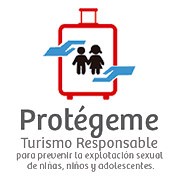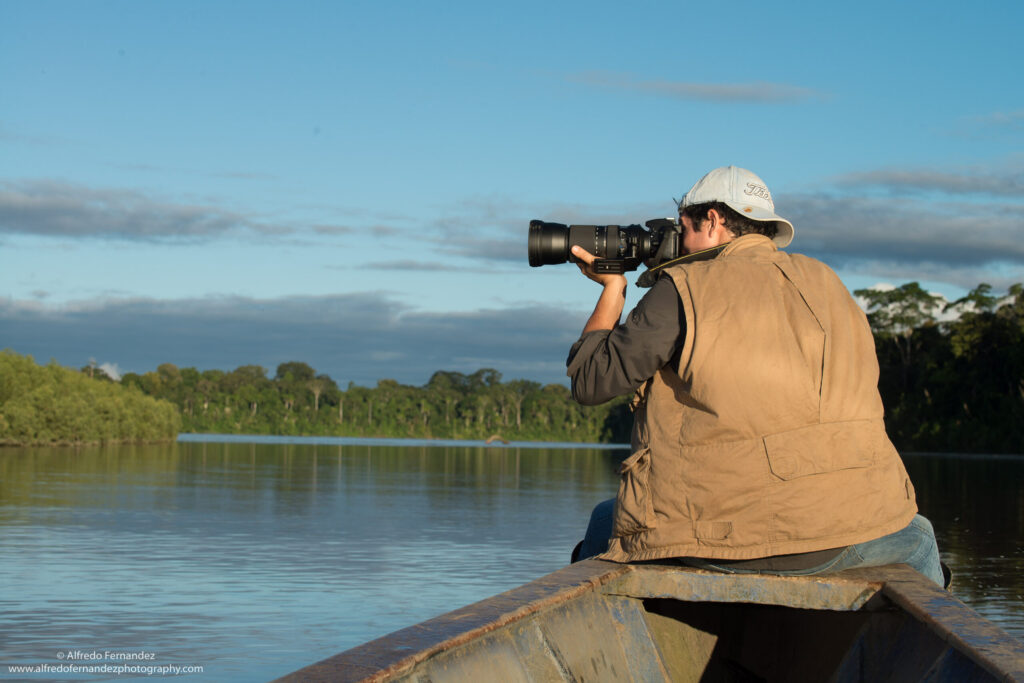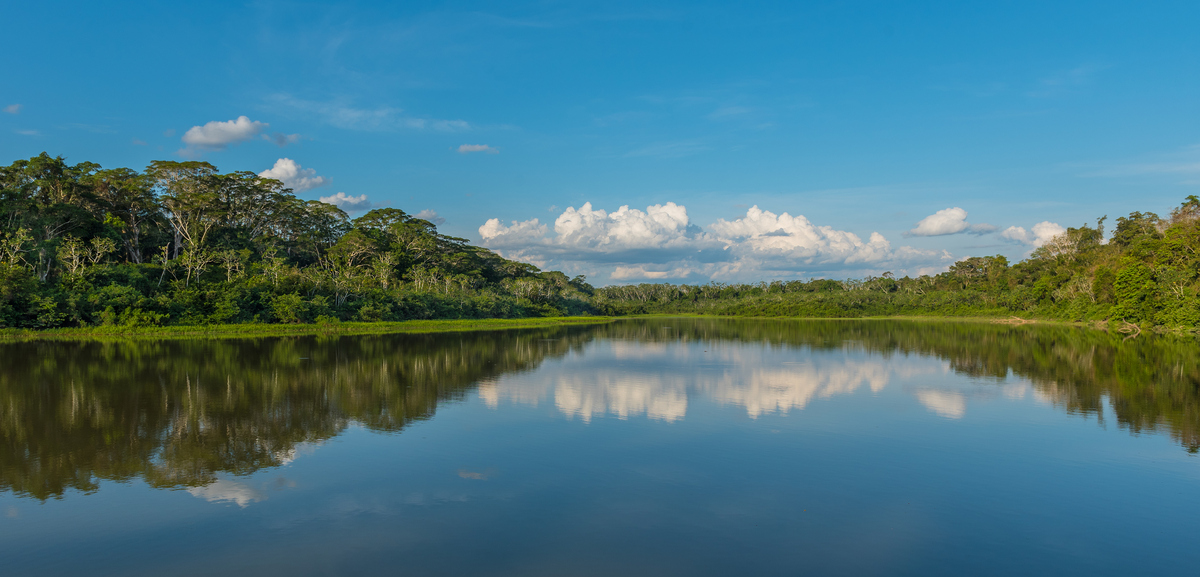
Frequently Asked Questions
Welcome to Tambo Blanquillo! We strive to enhance your experience by providing useful information. Below, you’ll find a compilation of frequently asked questions (FAQs) along with helpful tips to ensure you make the most of your stay.
As your path leads you into the heart of the Peruvian Amazon, and Tambo Blanquillo serves as your gateway, here’s a glimpse of what to expect from this extraordinary natural sanctuary.
- Diverse ecosystems and landscapes
- Birdwatching spectacle
- Mammal encounters
- Botanical marvels
- Educational and cultural experiences
- Responsible tourism and conservation
- Photography expeditions
- Unparalleled tranquility and connection with nature
A visit to Manu National Park is an invitation to uncover the secrets of one of the world’s most biodiverse regions. Read more information in this post.
Here are some reasons why to visit Manu National Park with Tambo Blanquillo as your gateway:
- Breathtaking biodiversity
- Pristine rainforest wilderness
- Tambo Blanquillo: a responsible gateway
- Cultural connections with indigenous communities
- Birdwatcher’s paradise
- Photography expeditions to capture amazonian beauty
- Conservation and sustainable tourism
Whether you seek awe-inspiring landscapes, rare wildlife encounters, or cultural immersion, a visit to Manu National Park promises an extraordinary adventure, inviting you to discover and cherish the treasures of the Peruvian Amazon. You can read more information in this post
Manu National Park is situated in southeastern Peru, encompassing portions of the departments of Madre de Dios and Cusco. Covering an expansive area of over 1.5 million hectares (3.7 million acres), the park stretches from the Andean highlands down to the lowland Amazon rainforest. This vast expanse of pristine wilderness makes Manu National Park one of the largest and most biodiverse protected areas in the world. Read more information in this post.
Manu National Park, located in Peru, is renowned for its incredible biodiversity. There are several key reasons why this park stands out as one of the most biodiverse places on Earth.
- Varied ecosystems
- Untouched wilderness
- Research and conservation efforts
- Geographical location
- Protected status
- Species evolution and adaptation
- Migration routes
- Species endemism
- Climatic stability
- River systems
Manu National Park’s unparalleled biodiversity can be attributed to a combination of factors, each playing a vital role in shaping the park’s unique ecological tapestry. Read more information in this post.
Dry season:While it can rain year-round, the region is generally drier from May to October. The rains typically begin in November and continue through April, with the heaviest rainfall occurring in November and December. Visiting during the dry season offers advantages like less muddy trails, minimal disruption of activities due to rain, and increased chances of seeing macaws and parrots at the clay licks. However, the downsides include hotter weather, fewer bird sightings on sunny days, more difficulty spotting amphibians, and longer river travel times due to lower water levels.
Wet season: While you can expect significant rainfall, the wet season has its perks: fewer tourists (which means more space for yourself), cooler temperatures, and increased bird activity thanks to the cloudy weather. Seasonal ponds and wetlands make it easier to spot reptiles and amphibians. During the wet season, macaws and parrots are more frequent visitors to the clay licks as they need clay for their chicks’ brain development in the first few months of the year. This season also coincides with fruiting and flowering, meaning wildlife has abundant food sources.
More info in this post
Preparing for an adventure in Manu National Park, the jewel of the Peruvian Amazon, requires thoughtful consideration of the unique environment you’ll be exploring.
We highly recommend packing the following items for your trip:
- Waterproof outdoor walking shoes (essential).
- Shirts or nightgowns with repellent properties are ideal. Long or short sleeves are suitable, but avoid white colors as they can scare away animals and birds.
- Long-sleeved or slit polo shirts to wear over clothing, whether open or short-sleeved.
- Light long pants with included repellent are perfect; we advise against shorts or bermudas.
- Windbreakers that are light and easy to fold, preferably waterproof in case of rain.
- Socks with repellent properties are ideal; long sports socks work well too.
- A reliable flashlight for early morning illumination and night walks in the forest, preferably one that can be worn on the head.
- Extra batteries for your flashlight(s) and camera(s).
- A hat or cap with neck and ear covering, if possible (essential).
- Bandana or neck protector.
- Sunglasses.
- Light winter jacket or shirt with a turtleneck in case of “friaje” (See Question #1 of this document).
- Time-release or sweat-proof insect repellent. Sawyer’s is our favorite, and they also offer a version with fewer chemicals called PICARDIN.
Packing for a journey to Manu National Park is an essential step in ensuring a comfortable and enjoyable experience. You can read this post for more information
In the Amazon rainforest, the climate is consistently hot and humid. To ensure comfort during your stay, we highly recommend investing in durable clothing made of quick-drying materials and waterproof fabrics. Below is a list of clothing and accessories we recommend for your trip with us:
Rubber Boots: These can be easily purchased inexpensively in the markets of Cuzco (CUZ) or Puerto Maldonado (PEM). They are particularly useful during the wet season months (December-April) or after rain, drizzles, or downpours that may occur throughout the year. Certain sections of the trails may remain muddy for extended periods after rainfall, making rubber boots essential for comfortable walking.
Extra Pair of Sneakers: In addition to rubber boots, having an extra pair of sneakers can prove to be very useful during your adventures.
Quick-Drying Clothing: It’s crucial that the clothing you wear, including attire for nighttime activities, is quick-drying. Otherwise, damp clothing can lead to discomfort throughout the day.
The climate at Tambo Blanquillo is generally hot and humid, with temperatures ranging between 22°C (71.6°F) and 30°C (80°F). While many days are sunny, it’s essential to remember that you’re in the Amazon basin, where rainfall can be unpredictable, even during the dry season from April to November. During this time, sudden drops in temperature, known as “friaje,” may occur for periods of three to four days. These occurrences are often unpredictable as they result from cold winds originating from Patagonia
This is not mandatory, however, do so if it makes you feel more comfortable. However, we can say that we have not had any cases of Malaria or Yellow Fever since we started operations more than 20 years ago.
It is recommended that you bring one bag per person due to the availability of space in our boats. However, you may bring another bag and/or backpack with you to carry your personal belongings. We strongly recommend that these bags be made of waterproof material.
It’s important to understand the nature of the trips we offer—they’re not your typical tours or visits to controlled environments or zoos. Our programs involve journeys to highly unpredictable environments, such as the Amazon basin. This inherently carries risks that cannot be fully anticipated in advance. While we provide some level of first aid support and evacuation protocols, there may be circumstances where additional costs or extraordinary measures are necessary due to unforeseen accidents or misfortunes beyond our control.
For this reason, we believe it’s prudent for our clients to have their own health or accident insurance (the rationale behind the Disclaimer document). In addition to the Waiver of Liability document, we emphasize the importance of exercising sound judgment and a sense of responsibility among our clients. We also stress the significance of following the guidance provided by our guides and staff, as well as adhering to the posted signs in the lodge, on the trails, and within our facilities.
Your safety and well-being are our top priorities, and we appreciate your understanding and cooperation in this matter.
The trip from Tambo Blanquillo to Puerto Maldonado is much shorter than the road to Cuzco. Also, after several days in the jungle, we can guarantee that you will be as happy as you are exhausted. A 10 hour trip into the Andes on the way to Cuzco is not as beautiful as it sounds, especially if you took this same route on your way in.
Our departure point is located in Cuzco (CUZ). Departures from CUZ (urban area) are at 07:00 am for the Manu Road Programs. You will almost certainly have to spend the night in CUZ during your entrance.
Note: the departure location is your hotel in CUZ (you must provide us with this information). Any other departure point outside the urban area of CUZ (such as the Sacred Valley) must be requested and budgeted in advance.
Our return points: The return points for our programs, as well as for tailor-made packages are Cuzco (CUZ) and Puerto Maldonado (PEM).
If you or your group chooses CUZ as the return point at the end of the program, expect to arrive approximately between 7:00 pm – 8:00 pm during the same day you leave Tambo Blanquillo Lodge. If you wish to choose another return point in the CUZ outside the urban area (such as the Sacred Valley) please request a fee.
If you choose PEM as your return point, expect to arrive in Puerto Maldonado around 1:00 pm the same day you leave Tambo Blanquillo Lodge. We can take you back to your hotel of choice (urban area) or to the airport for a flight departing after 2:50 pm.
Any return to a point outside of the urban zone in PEM will have to be budgeted as an additional cost.
There is no single guide that covers and helps you learn about the different species of wildlife that can be found in this region of the Amazon rainforest. If you are interested in learning about birds, see Question #14 below.
For mammals, the best resource guide is the book entitled “Neotropical Rainforest Mammals: A field Guide”, which can be found at Amazon.com. As for reptiles, the best guide available in English is: “Reptiles and Amphibians of the Amazon: An Ecotourist’s Guide”, which can also be purchased at Amazon.com.
Happily, as far as birds are concerned, there is only one source that contains all the species of birds that can be seen in Peru, developed by Princeton publishing house, you can find this field guide entitled: “Birds of Peru” by Princeton Field Guides. This publication can also be found on Amazon. If you decide to purchase this book elsewhere, please make sure you are buying the updated guide or most recent version as there are previously published copies.
While not obligatory, it’s a customary practice in leisure industries, especially for quality time spent with service providers.
During your trip with us, you’ll have a guide and possibly multiple drivers. Consider tipping drivers, as you’ll likely spend significant time with them.
This depends on how much you enjoyed the trip, as well as your assessment of the amount of effort invested by the staff to make your stay a pleasant experience.
Our recommendations are:
- It depends on your enjoyment of the trip and the effort of the staff.
- $50 per person for guides, kitchen and barracks staff, and boat drivers.
- Payment method: Inform the guide the night before departure to organize staff.
- For guides, tip at the trip’s end.
- For individual tips, consider giving separately.
In Tambo Blanquillo you will find a souvenir store and a bar, both of which are at your disposal.
We recommend our visitors to bring an amount of approximately S/. 350 in bills of S/50, S/20, S/10. This should cover the average expenses a tourist regularly spends at the Lodge.
If you are spending Soles in our Bar, don’t dare to miss Leandro’s Pisco Sour’s, especially after a long and fun day, while enjoying the sunset from our terrace. They are extremely good, proceed with caution.
From the day of arrival at Tambo Blanquillo, you will have filtered water at your disposal.
This means that ALL passengers must bring their own water bottle or canteen to refill in our dispensers and are responsible for keeping them clean as they are for personal use to avoid any sanitary problems.
We have been criticized in the past for using plastic cutlery during box lunches or meals served during the trip. We are doing our best to avoid these types of meals that require this type of utensils.
We use plastic cutlery because it is lightweight and easy to carry. Please note that all plastic cutlery is properly recycled after use.
If you have any additional questions not addressed here, please feel free to reach out to us at [email protected]
Conservation and Amazon Exploration
Tambo Blanquillo
Tambo Blanquillo Private Nature Reserve, established in 1988, is a leading example of conservation and sustainable tourism. Located by the Madre de Dios River within the Manu National Park buffer zone, it offers exceptional Amazon expeditions, pristine wilderness, and top-ranked accommodation as per TripAdvisor.
Puerto Maldonado Office: Jirón Moquegua 512- Tambopata, Tambopata – Madre de Dios Peru
Contact Us
Email: [email protected]
WhatsApp:
+ 51 982 449 902
Emergency contact numbers:
+51 987 834 993
+51 294 9342
